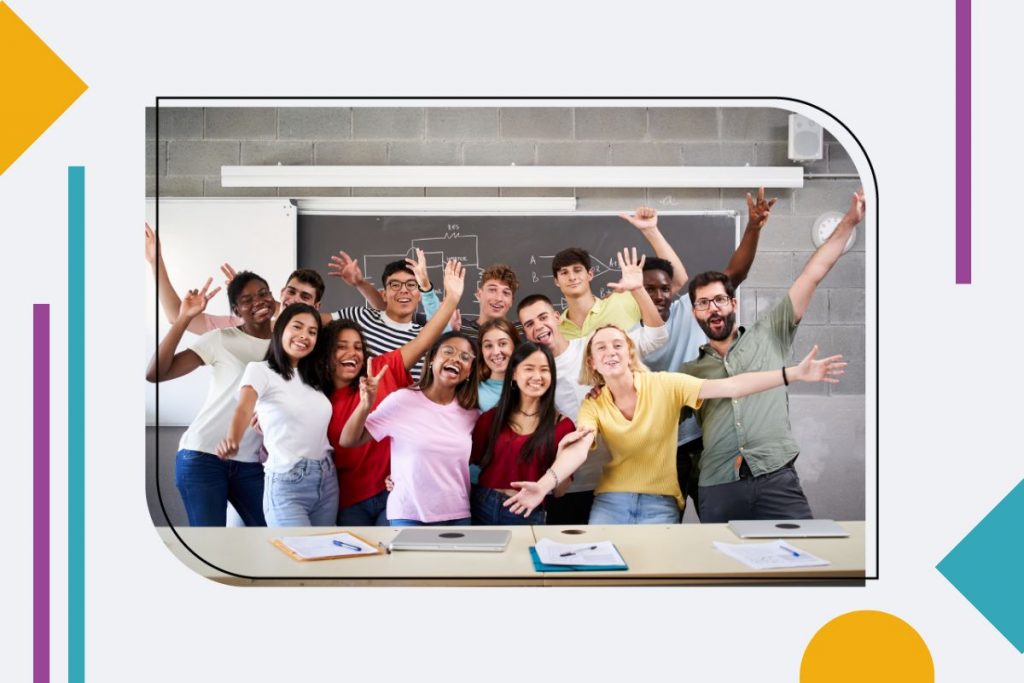CSAedify
- Author: Chris Benson
- –
AI offers numerous benefits in education, including personalized learning, automation of administrative tasks, and access to a vast array of educational resources that can adapt to the needs of individual students. However, these advantages also come with challenges such as data privacy concerns, the potential for bias in AI algorithms, and the need for both students and teachers to acquire and develop new skills to effectively interact with these technologies.
- Author: Corrie Thompson
- –
One challenge for early learners is that they are not only orally learning a new
language but also learning how to read and sound out letters of the new language.
- Author: CSA Staff
- –
The CSA staff embraced the spirit of giving back with enthusiasm and dedication. Their collective efforts underscored a commitment to community service and social responsibility, demonstrating a dedication to making a meaningful impact beyond their professional roles.
- Author: CSA Staff
- –
As dedicated educators seeking to implement SEL in the classroom, it is essential to understand its importance and the role that teachers play in promoting these valuable skills.
- Author: Corrie Thompson
- –
Pulitzer Prize-winning children’s writer and illustrator Doctor Seuss’s birthday is March 2 and in honor of his birthday, March has come to be known as National Reading Month. Reading has been proved to help you empathize more, have less stress, and improve your memory.
- Author: Chris Benson
- –
One thing that was critical for this project was that the questions could not use phrases directly from the NFPA 70 (NEC 2023) language for copyright and licensing reasons. Another critical point was making sure everything was aligned with the current 2023 version of the code book.
- Author: CSA Staff
- –
What does winter look like these days for different members of our team? And why, scientifically speaking, is that the case?
- Author: Brian Kozlowski
- –
According to the presenter, good leadership involves trust, and trust includes being authentic, vulnerable, and credible. The presenter explained the most important component of the formula is credibility.
- Author: CSA Staff
- –
Learn more about our highlights and key takeaways from the 103rd NCSS Annual Conference in this blog post.









